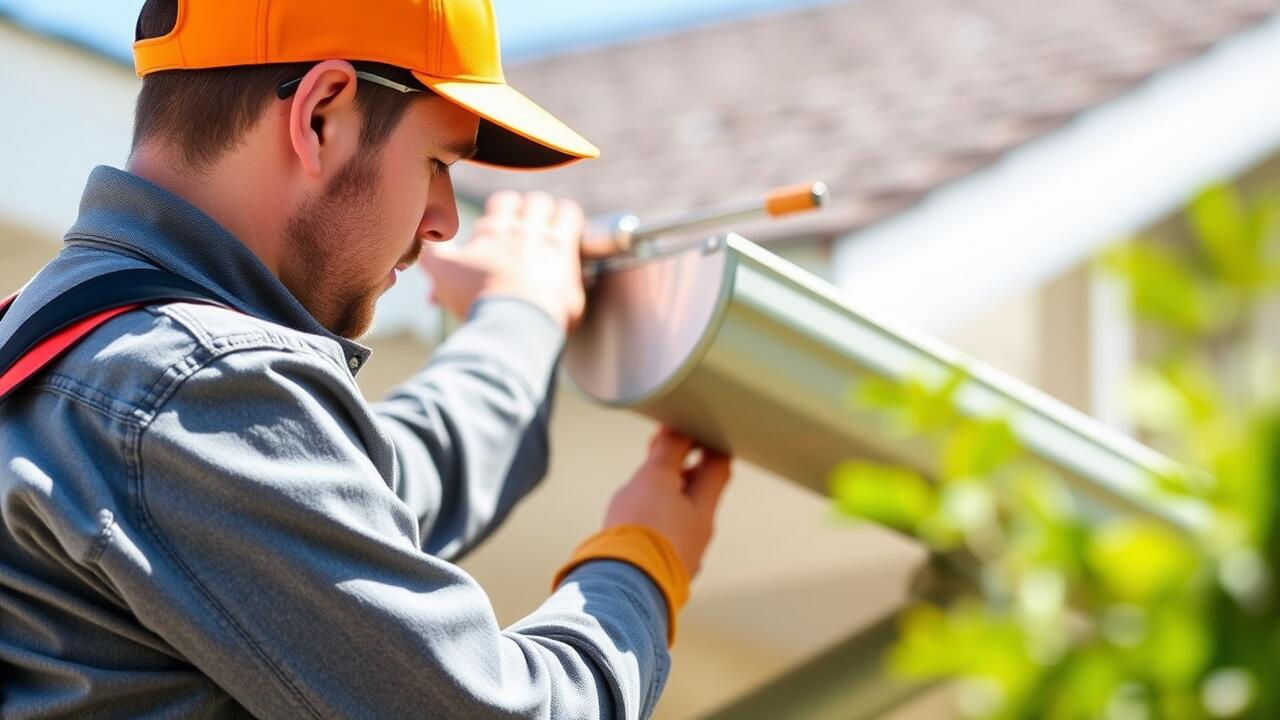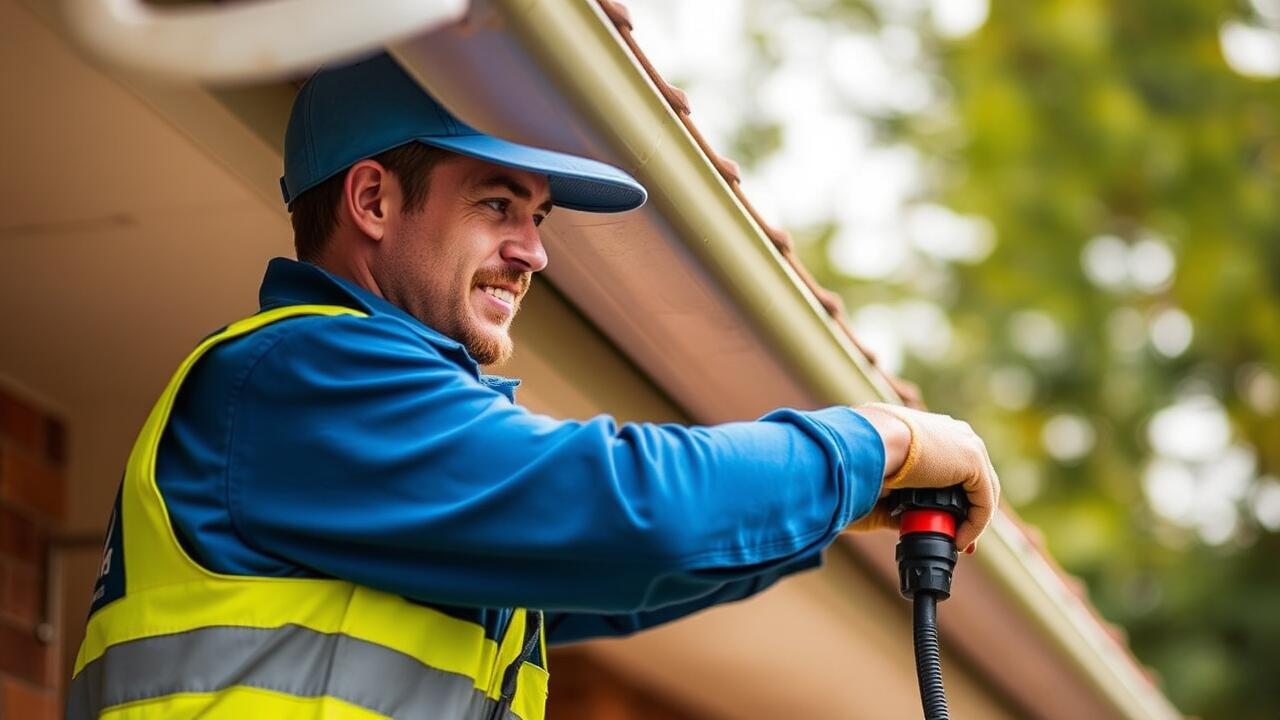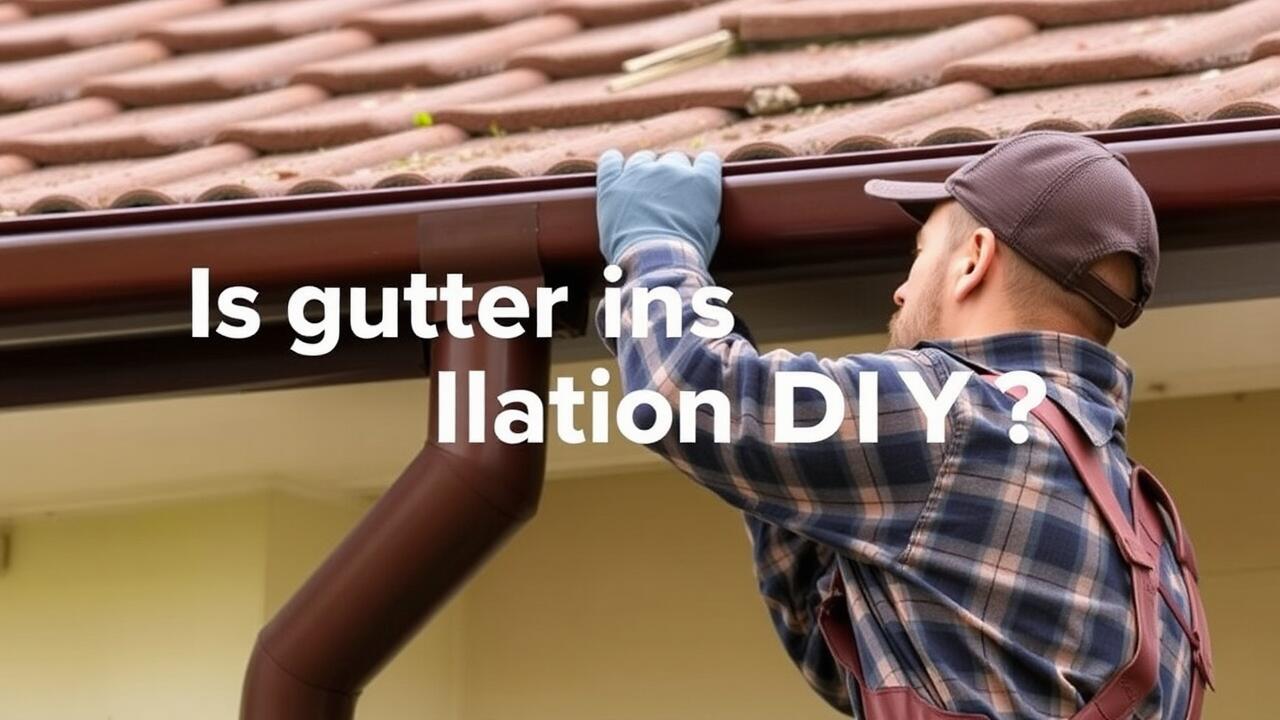
Preparing the Area for Installation
Preparing the area for gutter installation is a crucial step that sets the foundation for a successful project. Begin by assessing the surrounding environment of your home. Clear away any leaves, branches, or other debris that could obstruct the installation process. This creates a clean working area and prevents potential issues during installation. Additionally, ensure that ladders and equipment can be safely positioned.
If there are any existing gutters, remove them carefully to avoid damaging the roofing or fascia boards. Inspect these surfaces for any signs of rot or water damage. Addressing these issues before installing new gutters will help ensure proper drainage. For those considering Gutter Installation in University District, Seattle, it's important to take note of local weather patterns that may affect the installation process, especially during the rainy season. A well-prepared area leads to a smoother and more efficient installation experience.
Clearing Debris and Ensuring Accessibility
Before starting any gutter installation project, it is crucial to prepare the area thoroughly. Begin by removing any debris from the roof, gutters, and surrounding areas. Leaves, twigs, and dirt can obstruct the installation process and lead to complications later. A clean workspace ensures that the materials will be laid out properly and that water will flow without hindrance.
Accessibility is also a key factor in successful gutter installation. It's important to ensure that all tools and materials are within reach. Additionally, setting up ladders or scaffolding safely will make the installation process smoother. For those considering gutter installation in University District, Seattle, local regulations regarding ladder usage and safety protocols should be reviewed to promote a secure working environment.
Step-by-Step Guide to Installing Gutters
Proper planning is essential when undertaking gutter installation. Start by gathering all necessary materials, including gutters, downspouts, brackets, and sealants. This ensures a streamlined process. Measure the lengths needed for each section of your home. Proper calculations help avoid excess cuts and ensure a snug fit. In the University District Seattle, many homeowners prefer seamless gutters for their durability and reduced maintenance.
Once measurements are taken, begin by attaching the hangers or brackets to the fascia board. Ensure they are evenly spaced and level, as this helps maintain proper water flow. Attach the gutters to the hangers, securing them in place. Install downspouts at designated spots to direct water away from the foundation. Proper alignment is critical in achieving optimal performance. Regular checks should confirm that the system is functioning as intended, especially in rainy seasons typical in Seattle.
Detailed Instructions for a Smooth Installation
Begin by measuring the length of the area where the gutters will be installed. Use a chalk line to mark a level line along the fascia board. This line will serve as a guideline for mounting hangers and ensuring that the gutters slope slightly toward the downspouts. The ideal slope is about a quarter-inch for every ten feet of gutter. Cut the gutter sections to size, ensuring that the cuts are straight and clean.
Next, install the hangers along the marked line at intervals of about 24 inches. Secure them tightly using screws, which will provide a sturdy base for the gutters. Once the gutters are ready, align them with the hangers and secure them in place. Pay close attention to the connections between sections, using sealant on joints to prevent leaks. For those considering gutter installation in University District, Seattle, checking local building codes and weather patterns may also provide insight on the best practices specific to the region.
Common Mistakes in Gutter Installation
One common mistake in gutter installation involves improper slope adjustments. Gutters should be sloped towards the downspouts to ensure effective drainage. A slope that is too steep can lead to water flowing too quickly, causing splashing and erosion, while a level or inadequate slope can result in standing water, promoting mold and deterioration. Homeowners in areas like University District, Seattle, should pay special attention to these adjustments to prevent costly repairs down the line.
Another frequent error occurs during the selection of materials and sizes for gutters. Choosing inadequate materials or the wrong size for rainfall intensity can lead to clogs and overflow. Factors such as regional climate and typical rainfall are critical in this decision-making process. For residents planning for gutter installation in University District, Seattle, consulting with professionals or local suppliers can help ensure the right choices are made for an effective system.
Pitfalls to Avoid During the Process
One common mistake during gutter installation is neglecting to account for the slope. Proper drainage is crucial, and failing to create a consistent slope can lead to water pooling in areas rather than flowing towards the downspouts. This issue can cause damage to the roofing and fascia over time. Special attention is needed to maintain the correct angle, especially when performing gutter installation in University District, Seattle, where heavy rainfall can exacerbate any flaws.
Another pitfall often encountered is improper sealing of joints and seams. Ensuring that all connections are secure and well-sealed prevents leaks that can lead to more significant problems down the line. Many homeowners overlook the importance of using high-quality sealants and adhesives, which can compromise the integrity of the system. These leaks can be particularly problematic in regions like the University District, where weather variability demands reliability in gutter systems.
FAQS
Why is proper gutter installation important?
Proper gutter installation is crucial because it helps manage rainwater runoff, preventing water damage to your home’s foundation, walls, and landscaping. It also reduces the risk of mold and mildew growth.
What tools do I need for gutter installation?
For gutter installation, you will typically need a ladder, measuring tape, level, chalk line, tin snips, drill, screws, and hangers. Having a safety harness and gloves is also recommended for safety.
How do I prepare the area before installing gutters?
To prepare the area, clear any debris from the roof and surrounding areas, ensure easy access to the installation site, and check that the roof and fascia boards are in good condition.
What are common mistakes to avoid during gutter installation?
Common mistakes include improper measurements, failing to pitch the gutters for drainage, using inadequate hangers, and neglecting to seal joints properly. Taking your time and following the proper steps can help prevent these errors.
Can I install gutters myself, or should I hire a professional?
You can install gutters yourself if you have the necessary tools and skills. However, if you are unsure or uncomfortable with the process, hiring a professional can ensure proper installation and peace of mind.



